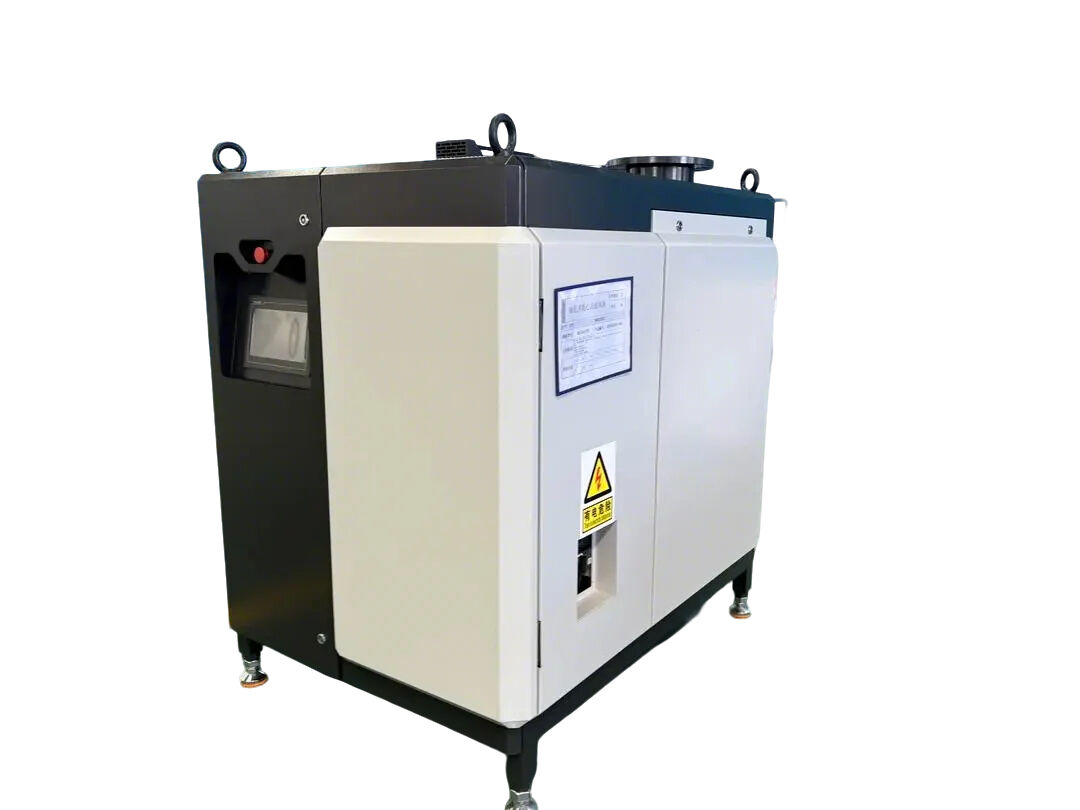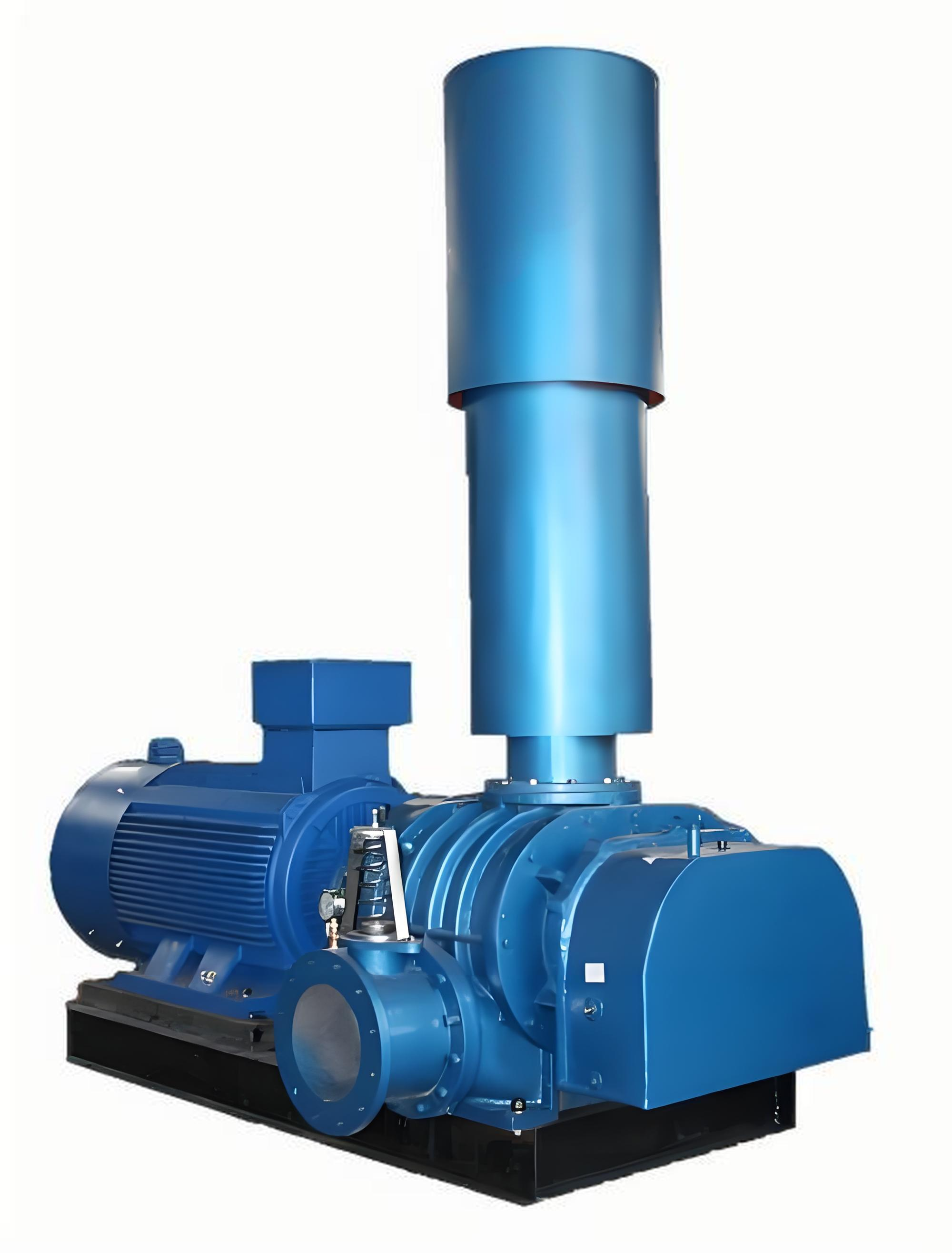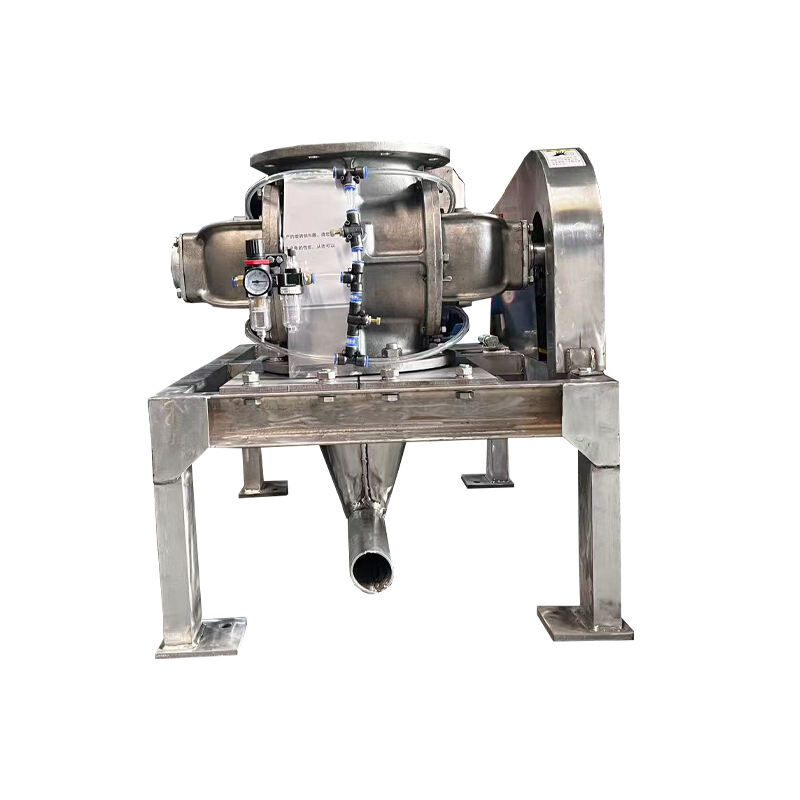mechanical vapour compression
Mechanical vapor compression is a fundamental process in refrigeration and heat pump systems that enables efficient thermal energy transfer. This technology operates on a cyclical principle where a refrigerant undergoes phase changes to facilitate heat absorption and rejection. The system comprises four main components: a compressor, condenser, expansion valve, and evaporator. The compressor raises the refrigerant's pressure and temperature, after which the hot vapor moves to the condenser where it releases heat and transforms into a liquid. The expansion valve then reduces the refrigerant's pressure, causing it to cool significantly before entering the evaporator. In the evaporator, the cold refrigerant absorbs heat from the surrounding environment, returning to its vapor state and completing the cycle. This process finds extensive applications in air conditioning, industrial refrigeration, food preservation, and heat pump systems for both residential and commercial use. The technology's versatility allows it to operate across various temperature ranges and capacities, making it suitable for applications from small household refrigerators to large industrial cooling systems. Modern mechanical vapor compression systems incorporate advanced controls and energy-efficient components, ensuring optimal performance while minimizing energy consumption.



